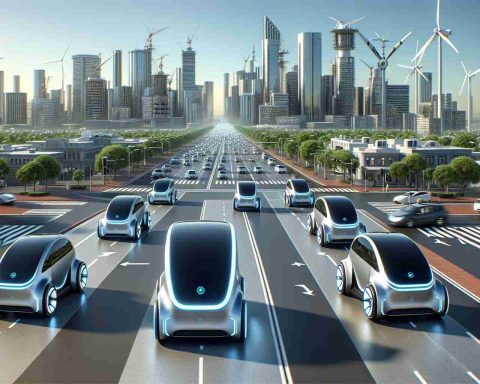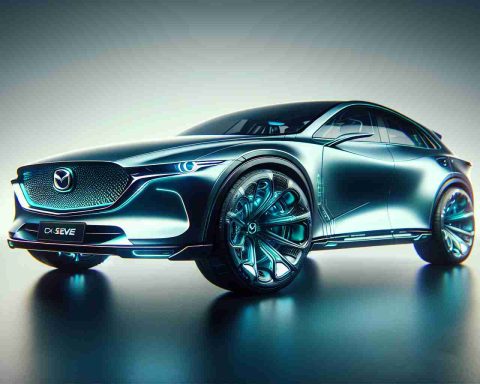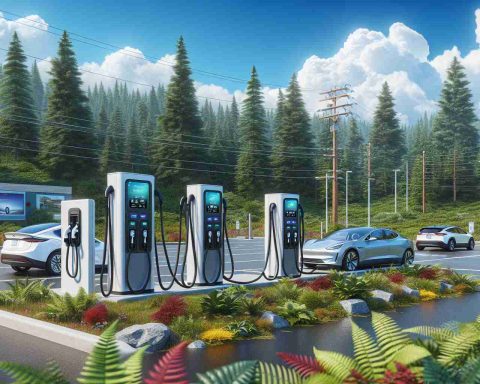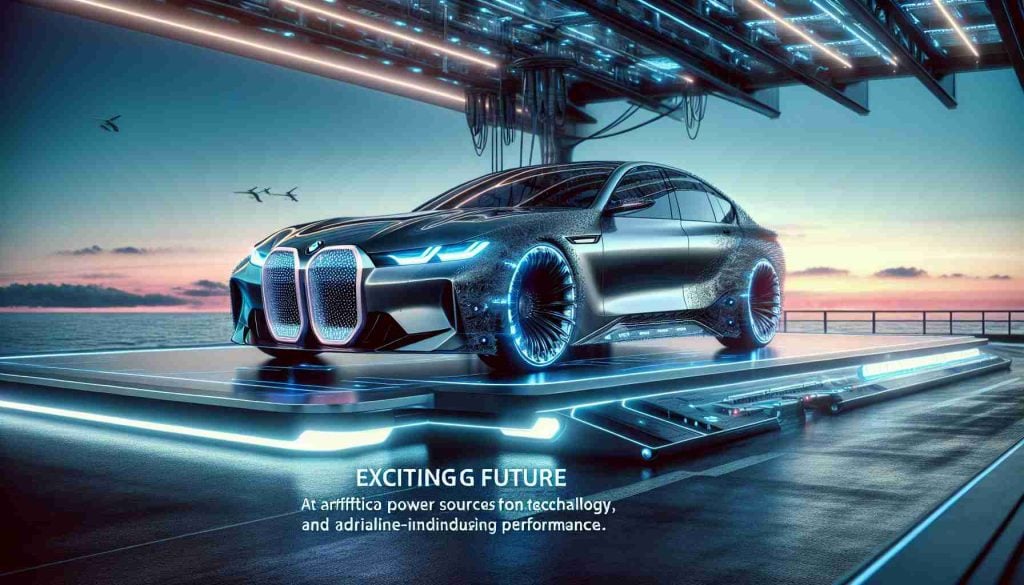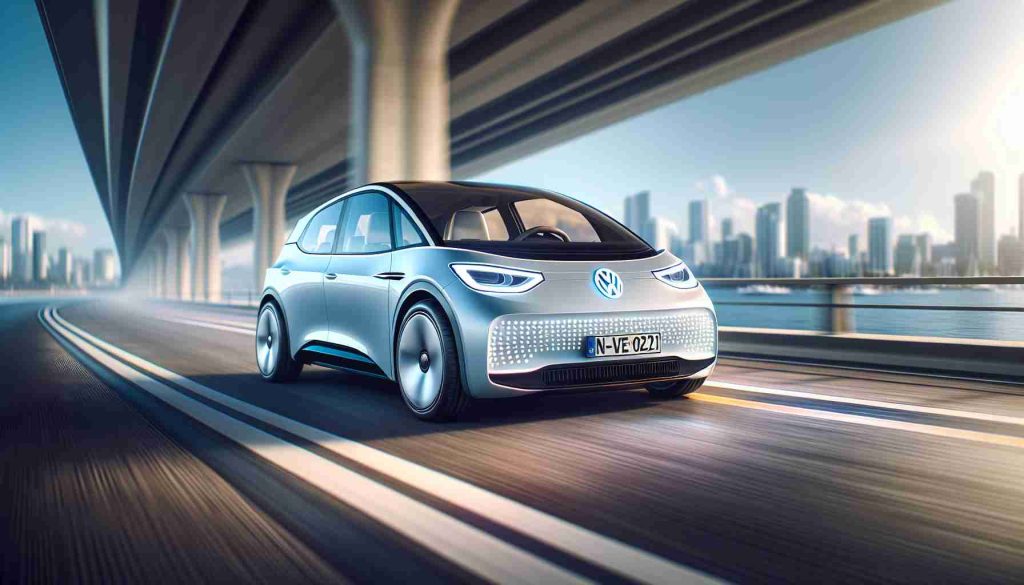- Global EV sales surged in 2024, with China leading at 11 million vehicles sold, marking a 40% increase.
- Central Asia, particularly countries like Kazakhstan, is embracing Chinese EVs, with projections showing immense growth.
- China’s investment in Central Asia is a strategic move, enhancing economic ties and opportunities in the region.
- Uzbekistan’s first Chinese EV factory aims to produce 500,000 vehicles annually, creating 1,200 jobs.
- Challenges persist, including tough working conditions and issues with wages in the new jobs created.
- The Belt and Road initiative is impacting countries like Tajikistan, with new investments and concerns regarding governance.
- The future of Central Asia is closely tied to China’s ambitions, signifying a pivotal shift in regional dynamics.
In a stunning 2024, global electric vehicle (EV) sales soared, with China leading the charge by selling a whopping 11 million EVs, a 40% increase from the previous year. While some Western nations push back against Chinese imports through tariffs, Central Asia is rolling out the red carpet. Countries like Kazakhstan experienced an astounding 36-fold growth in Chinese EV sales, projected to reach 40,173 vehicles by 2035.
China’s investment in this region isn’t just about trade; it’s a power play, unlocking economic opportunities and weaving stronger ties. For instance, Uzbekistan celebrated the launch of its first Chinese EV factory, courtesy of BYD, creating 1,200 new jobs and aiming for production of 500,000 vehicles annually. As electric cars become ubiquitous on Tashkent’s streets, residents mention that every tenth vehicle is now a shiny BYD.
However, the rapid rise brings challenges. The allure of Chinese jobs is often marred by grueling conditions, with reports of workers leaving for better salaries only to return disillusioned. Meanwhile, Tajikistan benefits from China’s Belt and Road initiative, with fresh investments sprouting across the landscape, despite concerns over governance and transparency.
In a region where authoritarianism can cloud the promise of development, Chinese investments are reshaping lives, economies, and geopolitics. As electric vehicles become a symbol of progress, the central takeaway is clear: Central Asia’s future is now tightly linked to China’s ambitions, altering the landscape for generations to come. Are we ready for the electric wave?
Charging Into the Future: The Electric Vehicle Revolution in Central Asia
The Rise of Electric Vehicles in Central Asia
In 2024, the electric vehicle (EV) market experienced unprecedented growth, particularly in China, which led global sales with 11 million EVs sold—a staggering 40% increase from the previous year. China’s aggressive expansion strategy has shifted focus to Central Asia, where countries like Kazakhstan and Uzbekistan have become key players in the EV arena.
Key Takeaways on Electric Vehicle Trends and Innovations
Market Forecasts: With projections indicating that Kazakh EV sales alone will reach 40,173 vehicles by 2035, Central Asia is projected to become a significant hub for electric mobility, reshaping regional commerce and transportation.
Use Cases: The launch of China’s first EV factory in Uzbekistan by BYD not only marks a significant investment but also serves a practical purpose—producing 500,000 vehicles annually in response to the growing demand for clean energy solutions.
Pros and Cons:
– Pros:
– Growth in job creation (1,200 jobs from BYD factory).
– Enhanced regional connectivity due to China’s Belt and Road initiative.
– Improved energy sustainability through the adoption of electric vehicles.
– Cons:
– Labor exploitation and poor working conditions reported at factories.
– Concerns over governance and transparency in Chinese investments in the region.
Critical Questions Answered
1. What role do electric vehicles play in Central Asia’s economic development?
Electric vehicles are integral to Central Asia’s economic development as countries capitalize on China’s investments, creating jobs, enhancing infrastructure, and reducing dependence on fossil fuels. This also aligns with global sustainability goals, pushing the region toward cleaner energy solutions.
2. How are labor conditions affecting the EV production landscape in Central Asia?
While the introduction of EV production boosts local economies, adverse labor conditions have led many workers to seek better opportunities elsewhere, only to return disheartened by ongoing challenges. This creates a dilemma in balancing growth with ethical labor standards.
3. Will Central Asia become a hub for electric vehicle manufacturing?
Given the current trajectory of investments and the increasing demand for EVs, Central Asia is poised to become a vital manufacturing hub. With substantial government backing and infrastructure development, the region’s stakes in the EV market are likely to grow, especially if it can address labor and governance issues effectively.
Final Thoughts
The landscape of electric vehicles in Central Asia is rapidly evolving, driven by Chinese interests. The region stands at a crossroads—capable of expanding its economy through sustainable practices, while facing challenges that could hinder equitable growth. The question remains: will Central Asia harness its potential successfully in this electric wave?
For more insights into the future of electric vehicles, visit EV Market Watch.







